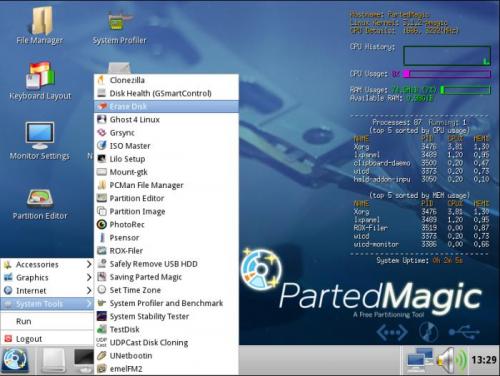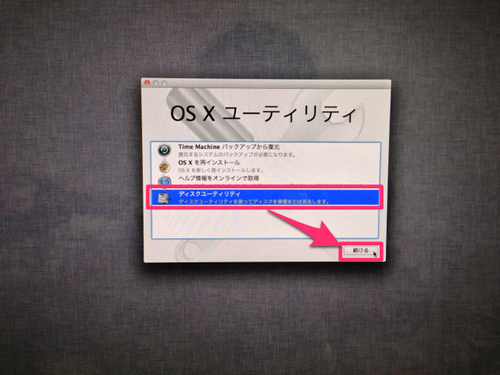

That should be visible for you in the Disk Utility disk list.īecause it is an SSD, wiping it will be faster. You will need to change YOURDRIVE to the name of your hard drive.

Boot into recovery partition by holding down the Command + R keysĪs soon as Terminal opens, type the following: diskutil secureErase freespace 4 /Volumes/YOURDRIVE If TRIM is not available, or you just want peace of mind that no one will be able to recover the data on your SSD, follow these steps:Ģ. If your SSD runs older OSX, anything up to 10.6.8 If your SSD runs older versions of Windows including 95, 98 and XPģ. SSD is old and simply does not support TRIMĢ. There Are Exceptions With SSD and TRIM, When SSD Cannot Support TRIM.ġ. Go ahead take a TRIM enabled SSD and delete something you don’t need and try to recover that with data recovery software of your choice. TRIM wipes it for you for good immediately.ĭon’t just go by what I’m telling you here. What this means is that you won’t really have to go through the hassle of waiting for the Disk Utility to finish its erasing job. If for some reason it is not enabled, and you want it to be, there is a free software program available that will assist with doing it. If you see the word ‘Yes’ then your drive is TRIM enabled. In the description, you will see a line that will indicate if TRIM support is present or not. Find the SATA section in the menu and then locate the hard drive you wish to enable with TRIM.


 0 kommentar(er)
0 kommentar(er)
